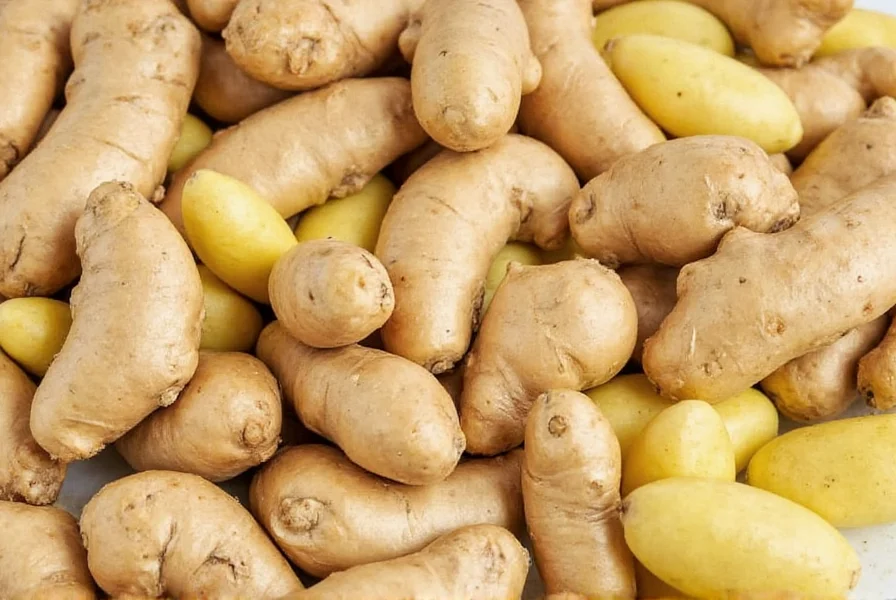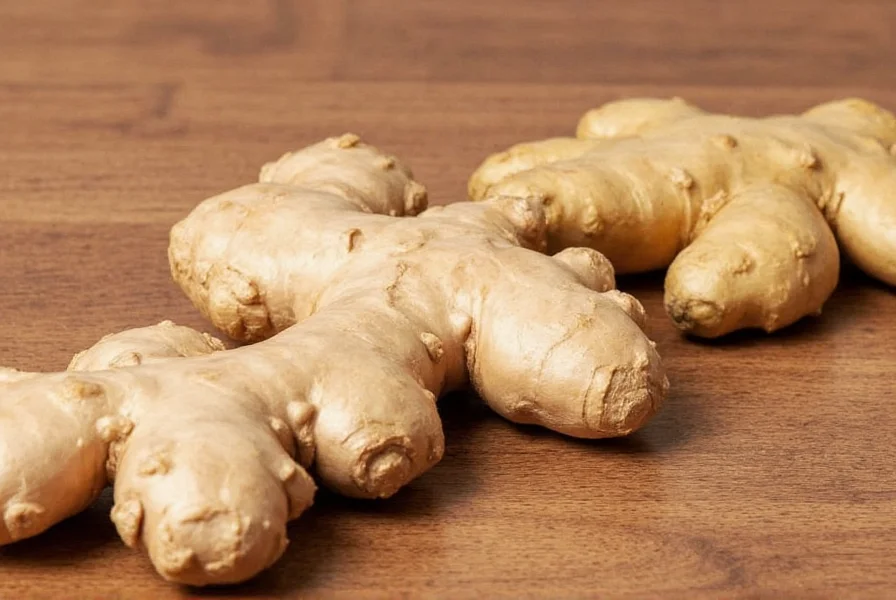When farmers search for ginger piggery information, they're typically seeking practical methods to implement this natural supplement in their swine operations. Unlike synthetic growth promoters, ginger offers a cost-effective, sustainable approach to improving pig health and productivity without antibiotic residues. This comprehensive guide examines the scientific evidence, application methods, and measurable benefits of integrating ginger into modern pig farming practices.
Understanding Ginger's Role in Modern Pig Farming
The term "ginger piggery" describes specialized swine management practices that utilize ginger's bioactive compounds to enhance pig health and productivity. As antibiotic resistance becomes a growing concern in livestock production, agricultural researchers have increasingly investigated ginger as a natural alternative. Multiple peer-reviewed studies confirm that ginger's active components—particularly gingerols and shogaols—provide significant physiological benefits when incorporated into pig diets.
Scientific Evidence Supporting Ginger Supplementation
Over the past decade, numerous agricultural studies have documented ginger's positive effects on swine health parameters. Researchers at leading agricultural universities have conducted controlled trials measuring ginger's impact on growth metrics, immune response, and feed conversion ratios. The consistent findings reveal ginger's potential as a valuable tool for progressive pig farmers seeking sustainable production methods.
| Benefit Category | Measured Improvement | Optimal Ginger Concentration | Research Duration |
|---|---|---|---|
| Growth Performance | 8-15% increased weight gain | 1-2% of total feed | 8-12 weeks |
| Feed Conversion Ratio | 5-10% improvement | 0.5-1% of total feed | 6-10 weeks |
| Immune Function | 20-30% higher antibody response | 1.5-2% of total feed | 4-8 weeks |
| Gut Health | Reduced pathogenic bacteria | 1-1.5% of total feed | Ongoing |
Practical Implementation Strategies for Ginger Piggery
Successful ginger piggery management practices require careful consideration of several factors. Farmers implementing this approach should understand the different forms of ginger available and their respective advantages:
- Fresh ginger root: Can be grated and mixed directly into feed (requires processing equipment)
- Dried ginger powder: Most common form for commercial operations (easier storage and precise measurement)
- Ginger extract: Concentrated form requiring lower inclusion rates but higher initial cost
- Fermented ginger: Emerging technique that may enhance bioavailability of active compounds
For optimal results in organic pig farming techniques, begin with 0.5% ginger inclusion rate and gradually increase to 1.5% over a 2-week adaptation period. This prevents digestive upset while allowing pigs to adjust to the new feed component. The most cost-effective approach for small to medium operations involves using dried ginger powder incorporated during feed mixing.

Economic Considerations for Ginger-Fed Pig Operations
While ginger represents an additional input cost, the cost-effective pig farming with ginger approach typically yields positive returns through multiple channels. Economic analyses show that the 8-15% improvement in growth performance often offsets the cost of ginger supplementation within 6-8 weeks of implementation. Additional savings come from reduced medication costs and improved feed efficiency.
For farmers exploring natural pig feed supplements, local ginger sourcing can significantly improve the economic equation. Regions with ginger cultivation may achieve better cost-benefit ratios than those requiring long-distance transportation. Some progressive operations have begun growing their own ginger on marginal land adjacent to pig facilities, creating a closed-loop sustainable system.
Research-Backed Benefits of Ginger in Swine Nutrition
Comprehensive studies published in agricultural journals consistently demonstrate ginger's multifaceted benefits for pigs. The anti-inflammatory properties of gingerols help reduce stress-related inflammation, particularly during weaning and transportation. Additionally, ginger's antioxidant effects protect cellular structures and support overall metabolic health.
Perhaps most significantly for modern pig producers, research confirms that ginger supplementation serves as an effective alternative antibiotics in pig farming. In controlled trials, pigs receiving ginger supplements showed comparable resistance to common pathogens as those receiving conventional antibiotic growth promoters, without the associated antibiotic resistance concerns.

Implementation Challenges and Solutions
While the benefits of ginger piggery are well-documented, practical implementation presents certain challenges. The primary concerns include:
- Consistent quality control: Ginger potency varies based on source, storage, and processing
- Palatability issues: Some pigs initially reject feed with high ginger concentrations
- Storage requirements: Ginger products require dry, cool conditions to maintain potency
- Measurement precision: Small inclusion rates require accurate measuring equipment
Successful operations address these challenges through gradual introduction protocols, quality supplier relationships, and proper storage infrastructure. For those implementing herbal supplements for pigs, maintaining detailed records of inclusion rates and animal responses proves invaluable for optimizing the approach.
Future Directions in Ginger-Based Pig Nutrition
As research continues, new applications for ginger in swine production are emerging. Scientists are investigating ginger's potential role in reducing environmental impact through improved nitrogen utilization. Other promising areas include ginger's effects on meat quality parameters and its potential to reduce methane emissions from pig manure.
The integration of ginger into sustainable swine nutrition represents just one component of a broader movement toward holistic, natural approaches in modern pig farming. As consumer demand for antibiotic-free pork continues growing, innovative producers who master effective ginger as pig feed additive techniques will likely gain competitive advantages in premium markets.
Frequently Asked Questions
What is the optimal ginger concentration for pig feed?
Research indicates that 0.5-2% ginger inclusion in total feed provides optimal benefits. Start with 0.5% and gradually increase to 1.5% over two weeks. Higher concentrations may cause digestive upset, while lower amounts may not deliver significant benefits. The ideal concentration depends on pig age, health status, and production goals.
How does ginger compare to antibiotic growth promoters in pig farming?
Studies show ginger supplementation provides comparable growth performance benefits to conventional antibiotic growth promoters without contributing to antibiotic resistance. Ginger improves feed conversion ratios by 5-10% and weight gain by 8-15%, similar to many antibiotic alternatives. Additionally, ginger offers enhanced immune support and antioxidant benefits not provided by antibiotics.
Can ginger reduce medication costs in pig farming operations?
Yes, multiple studies document reduced medication requirements in ginger-supplemented herds. Pigs receiving optimal ginger levels show 20-30% stronger immune responses and lower incidence of common digestive issues. This typically translates to 15-25% reduction in medication costs, partially offsetting the expense of ginger supplementation while improving overall herd health.
What form of ginger works best for commercial pig operations?
Dried ginger powder offers the best balance of cost, storage stability, and ease of incorporation for most commercial operations. It maintains potency for 6-12 months when stored properly and can be precisely measured for consistent feed inclusion. While fresh ginger and extracts have benefits, their higher costs and handling requirements make them less practical for large-scale implementation of ginger piggery practices.










 浙公网安备
33010002000092号
浙公网安备
33010002000092号 浙B2-20120091-4
浙B2-20120091-4